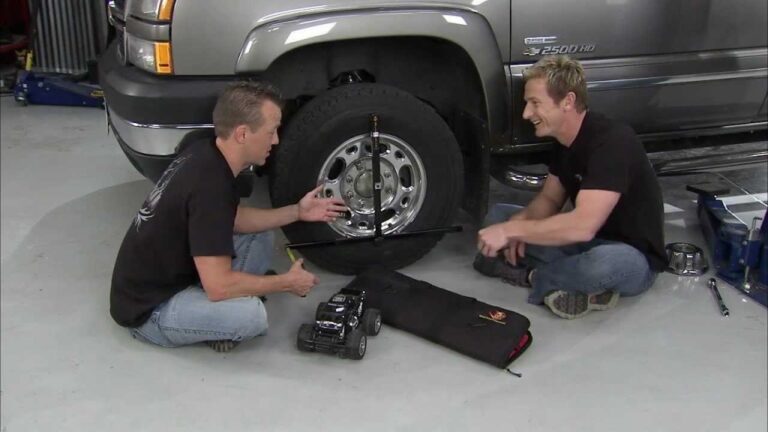The trucking business is a multibillion-dollar industry, accounting for about 5% of the full-time jobs in America. A majority of truckers drive interstate, which means that they are on the road or offloading for hours at a time. Truckers work so hard that a recent mandate made electronic logging necessary to ensure that drivers’ daily hours of service are limited.
However, apart from being physically-taxing for drivers, the job also demands a lot of power from their trucks. As a result, keeping up with truck maintenance is essential to ensure safety on the road. As a driver, you do not want your vehicle to break down in a place with no nearby truck stops. As an owner-operator, you want to keep your drivers safe and avoid delaying deliveries.
Truck maintenance can take a lot of time. The right tools, such as heavy duty truck alignment equipment, can get the job done much faster so you can get back on the road as soon as possible. Here are some things to know about aligning your trucks.
Keep Your Truck Aligned

The alignment of your truck depends on its suspension, the system that attaches the wheels to the vehicle. When your truck is unaligned, the angles of the tires may be off, which can be dangerous, especially when carrying heavy loads. Unalignment is easily noticeable, as early signs include feeling off-center and unbalanced.
When you notice that your truck may be unaligned, call a maintenance service immediately. Some require you to take your vehicle to a shop personally, but other companies can do it on-site with mobile heavy duty truck alignment equipment.
If your trucking business has in-house maintenance, it’s a good idea to check on the trucks regularly to prevent mishaps before they are used on the road.
Do not be afraid of the amount of time alignment takes because companies like RavAmerica create machines with FastCheck technology. With this, testing the steel axle alignment won’t take more than a few minutes. It also means that even large fleets will not take a long time to maintain.
How Does Alignment Work?
To align a truck, certified mechanics will use heavy duty truck alignment equipment to test how off your tires’ angles are. They will first raise the vehicle that needs fixing and then attach clamps onto its tires. These clamps are connected to an alignment machine to take accurate measurements.
The standard for alignment depends on the year, make, and model of your truck, but a trusted mechanic should know what to do.
Camber, toe, caster, and thrust are the suspension angles that need to be aligned. Four-wheelers would usually require a four-wheel adjustment, which means that all wheels need to be evenly squared and parallel to one another.
For trucks that do not have four wheels, a front-end or thrust-angle alignment may be necessary. It means that only the front axles or rear wheels would be adjusted. However, the overall condition of your truck and tires need to be considered when aligning. Therefore, any imbalances and broken parts are fixed during the process.
Why You Should Get Your Truck Aligned

Improper alignment is a road safety hazard, as it may cause your tires to wear unevenly. Tires contain treads, which help them stay balanced and grip the road to avoid slippering.
You ideally want your tires’ treads to evenly maintain contact with the road to keep traction, especially when it’s wet or full of snow. When a truck is misaligned, its treads may end up wearing down unevenly, which can compromise driving conditions.
By properly keeping your truck aligned, you can prevent tires from prematurely wearing out. For general maintenance, it is advisable to get a re-alignment with heavy-duty truck alignment equipment after every 5,000 miles traveled. It will ensure the longevity of your tires, which will save you money in the long run.








